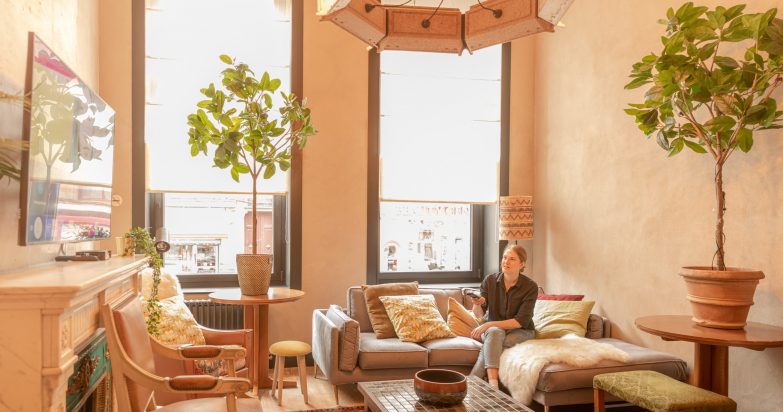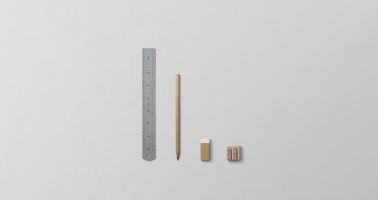We strive everyday to shape a better tomorrow by improving the way we live today. That includes improving how we build our homes. From the materials we choose, to the way they’re sourced.
Ma Campagne 232 is Cohabs’ first ecological house. This is not the first time we’ve taken a broken-down house and renovated it, transformed something forgotten into a bright space perfect for new memories. But this is the first time we’ve approached it in such a specific way.
Let’s dive into the nitty-gritty details of what we did differently.
For this ambitious project, we collaborated with Natura Mater, an organization that supports professionals in the choice, purchase, and implementation of sustainable building materials.
Inside the living room
The heart of our homes, the gathering point, the place you kick up your feet after a long day at work or after a full weekend. Our living rooms are all quite unique, but there are some special details hidden in the features of Ma Campagne 232.
Brushing the surface: Brusseleir clay and mineral paint
The walls are textured, and there’s an interesting reason for this; the clay consists of ashes from construction sites around Brussels. So we’re taking the scraps and debris of existing buildings to build new ones. We took something no one wanted and transformed it into something reusable.
Earth is a local resource and does not require an energy-intensive process to convert it into a building material. It is locally sourced to reduce transport and limit the depletion of other resources.

Usually, we have a huge range of colors and materials at our disposal, but because we opted for ecological paint, choices were a bit more limited.
Graphenstone paint is natural and odorless, with the ability to absorb CO2. Inspired by nature, three 15 litre buckets of their paint absorb more than 10Kg of CO2, the same amount as an adult tree weighing 250kg in one year.
Innovative insulation: Pavatex wood fiber
One of the major benefits of using wood fiber (besides the fact that it’s made from recycled wood) is that during installation, the material does not irritate the skin as mineral wool does. Wood fiber is a renewable, bio-based, recycled material. Its entire production cycle is environmentally friendly, and it offers excellent heat retention. No more having to layer up in the winter!
Heat retention: Pavafloc cellulose wadding
This material may not look like much, but using this underneath our floorboards made one heck of a difference.
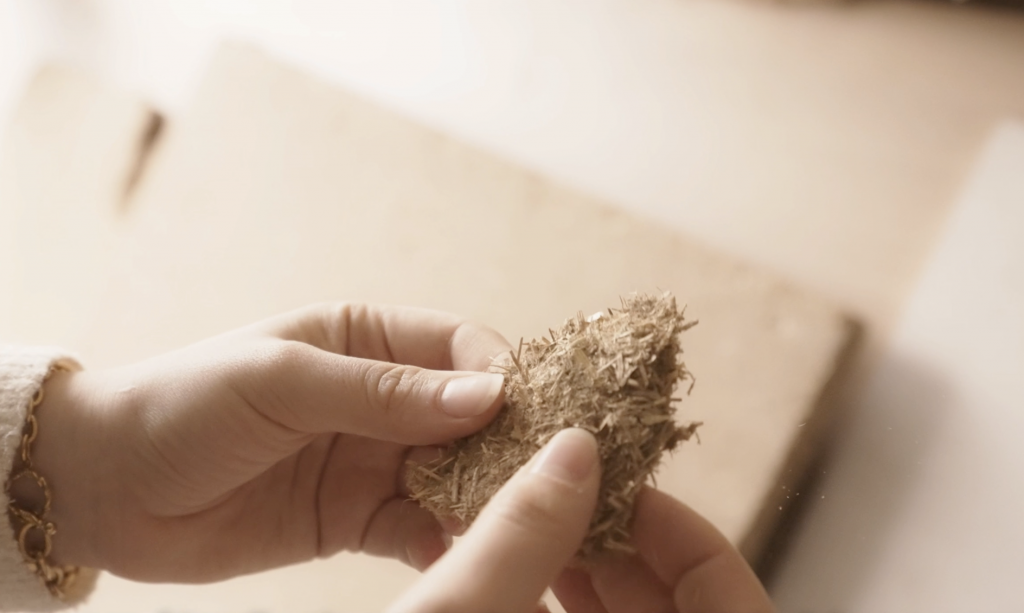
This material is made up of 85% recycled newspaper. It’s also relatively easy to apply compared to conventional materials as it does not irritate the skin. Major plus for our construction team!
Cellulose wadding dramatically reduces heat loss in the winter and slows the entry of heat in warm weather. This also has positive implications on the waste of gas and electricity throughout the year.
Engaging with the exterior
Now for the outside.
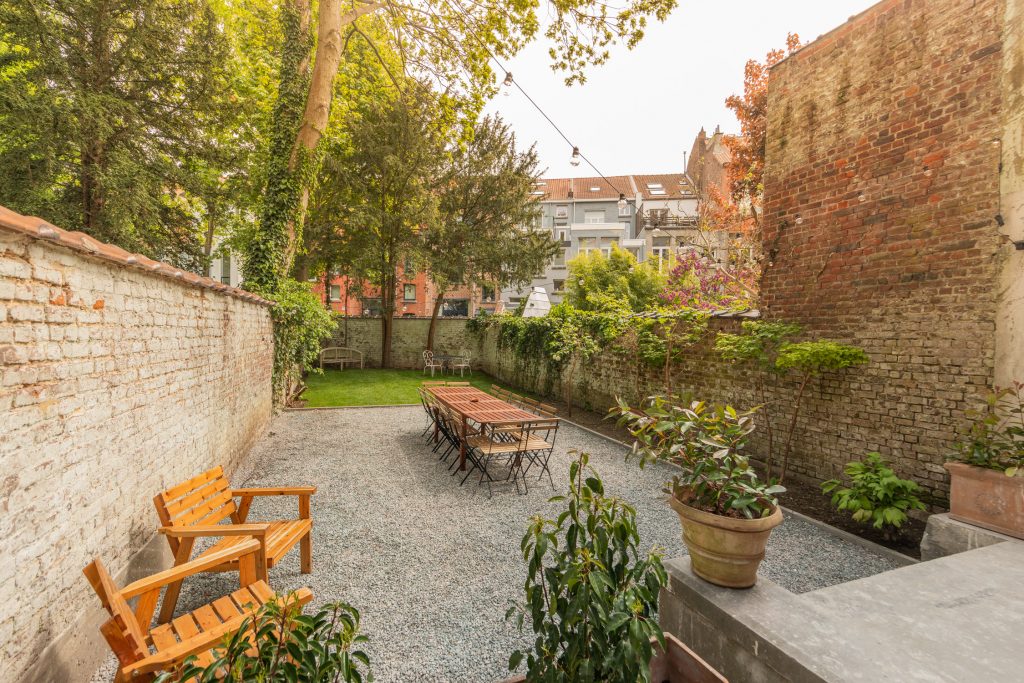
Many of our homes have a terrace or a garden, an outdoor area perfect for relaxing in the sun, or a summer barbecue. The backyard of Ma Campagne 232 features a lovely patio complete with a lush backyard and trees that offer both shade and a view.

Expanded cork
The bark from a cork tree is almost heroic in its ability to grow and transform CO2 into oxygen. The bark from the tree can be turned into sustainable products such as bags, flooring, and everyone’s favorite: wine bottle corks.
We took this renewable, biobased, and recyclable material and applied it to the facade. Cork insulation lasts much longer than other conventional materials, and it can be recovered and reused after end of life. Talk about resourceful; this is the real giving tree!
After the layer of expanded cork is applied, mineral glue and a layer of lime are added to a portion of the wall. Earth-based materials such as lime improve air quality, providing an added bonus.
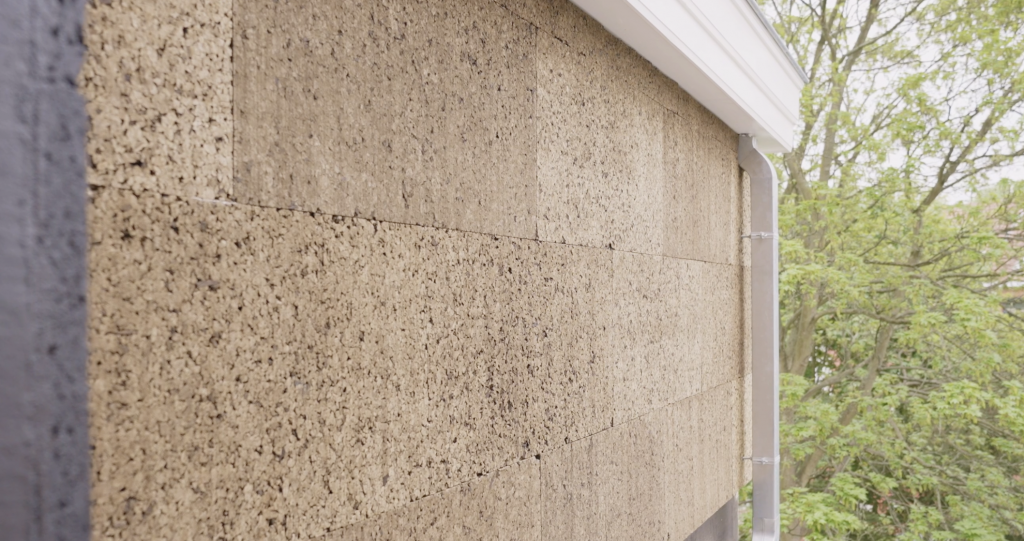
Breaking down the bedroom
Protective paneling: Dried grass + straw ceiling
To really dive into the details, these ceiling panels are composed of 72% dry grass that is sourced from near railroads and meadows, 20% jute fiber, and 8% synthetic fiber. They are 100% recyclable at end of life.
Another fun fact? They take up to 9 hours to transmit heat which means the house retains heat for much longer in the winter and keeps out the sun in the summer.
Grass and straw also have the ability to absorb moisture from the ambient air and release it again if the air becomes drier, thereby helping regulate a room’s climate and comfort. Renewable and comfortable? Yes, please!
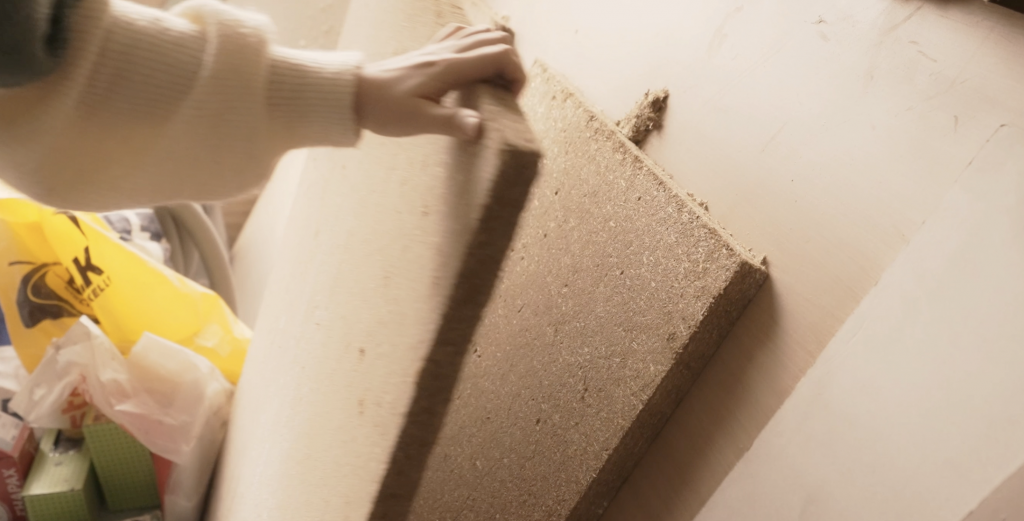
Getting creative with clay: Creatina
Last but not least, let’s head into the bathrooms.
The showers are coated in Creatina, a natural VOC-free, non-toxic plaster that is based on clay and sedimentary rocks. This material is microporous and breathable making it recyclable and renewable.
All the sinks in the house were made by a local Belgian craftsman.
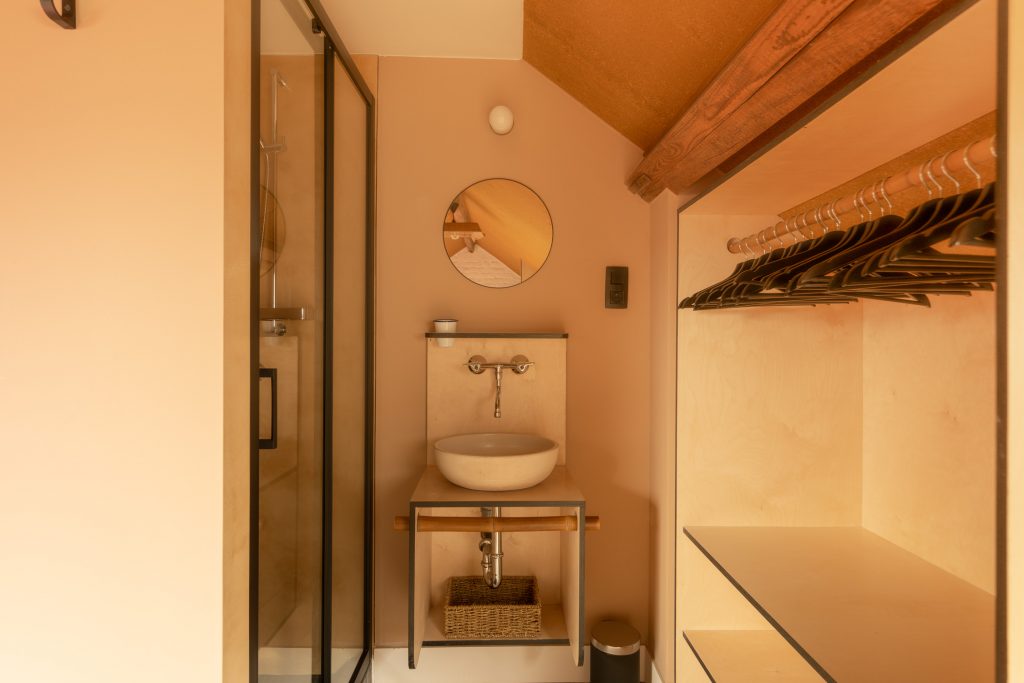
In conclusion
We learned a lot from this house. Implementing sustainable processes and materials makes the entire project less flexible and more difficult to navigate than previous projects, but with a much more significant impact.
Our end goal is to implement this in even more houses moving forward and continue challenging ourselves. Even though Ma Campagne saved around 13.8 tonnes of CO2, we will continue asking what could we have done better?
It’s a constant process of learning and growing, from the materials we use to build, the second-hand furniture we source, and the way we put everything together.
Sustainable processes are on the rise, as better materials last longer and are better for the planet. However, there is also the very real question of cost. It’s a question of balance, but by measuring the commissions of all the Cohabs houses, we will try and build an action plan to make an even bigger impact.
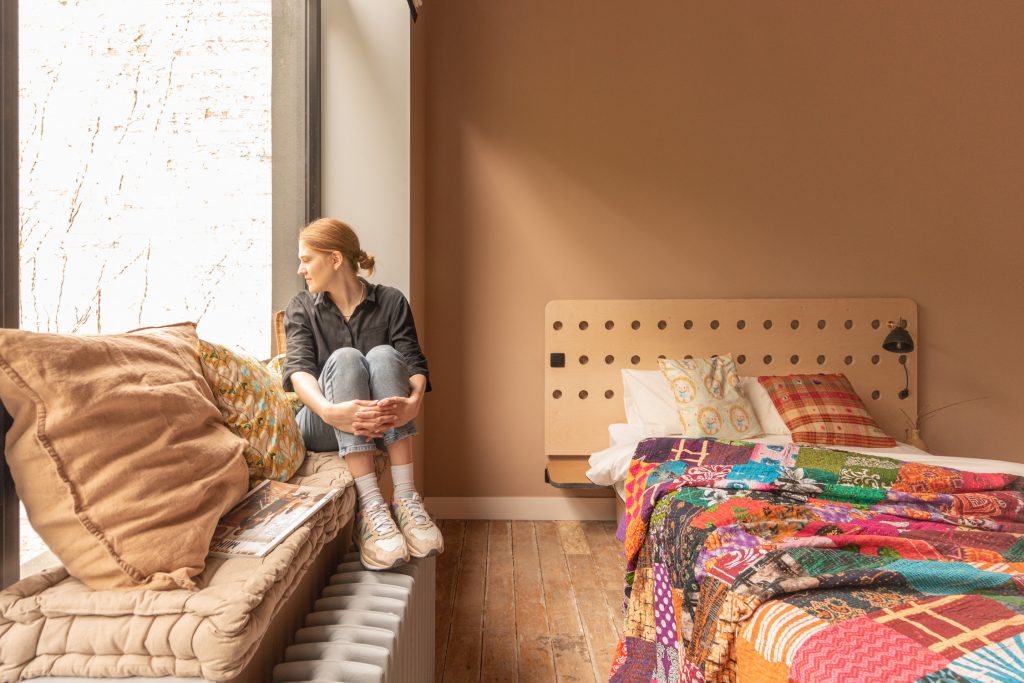
In addition to implementing solar panels, upcycling our furniture, and partnering with companies such as Tapio and Shayp, we have now started a new chapter in our homes: sustainable materials starting from the very core of our houses.
This won’t be the last change as we continue to shape a better tomorrow by changing how we live today.
